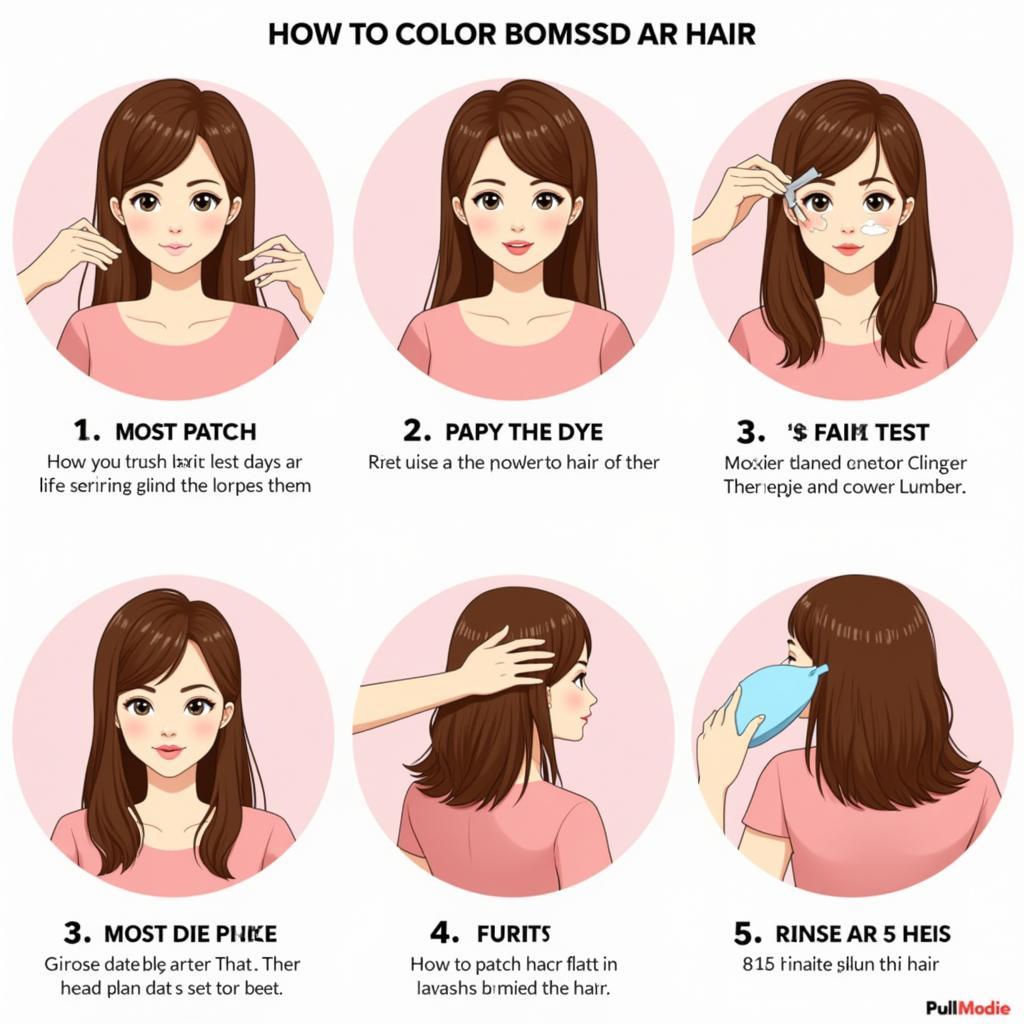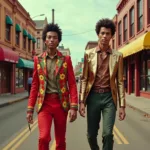The age-old question: is it better to color dirty or clean hair? It’s a debate that’s raged in salons and bathrooms for years. Choosing between freshly washed locks and a few days’ worth of natural oils can feel like a high-stakes decision. Let’s delve into the science and styling tips to help you decide what’s best for your hair coloring journey.
You’ve probably heard conflicting advice about whether is it better to color your hair clean or dirty. Let’s unpack the pros and cons of each approach to help you achieve the best possible results.
Clean Hair vs. Dirty Hair for Coloring: The Great Debate
The traditional wisdom was that dirty hair provided a protective barrier against the harsh chemicals in hair dye. This belief stemmed from a time when hair color formulas were significantly more aggressive. However, modern hair color technology has evolved considerably.
Coloring Clean Hair: Pros and Cons
Coloring clean hair allows for more even color distribution. With no product buildup or excess oil, the dye can penetrate the hair shaft more effectively, resulting in a truer, more vibrant color. This is particularly important for lighter shades and complex coloring techniques like balayage.
However, coloring clean hair can sometimes make the scalp more sensitive to irritation. The natural oils present in “dirty” hair offer a degree of protection.
Coloring Dirty Hair: Pros and Cons
While the protective barrier argument holds less weight today, there are still some potential benefits to coloring slightly dirty hair. For those with sensitive scalps, the natural oils can indeed offer a buffer against irritation. Additionally, if you’re using a darker shade or simply refreshing your existing color, the presence of some natural oils may not significantly impact the final result.
The downside? Coloring dirty hair can sometimes lead to uneven color application, especially with lighter shades or when trying to achieve a significant color change. Product buildup can also interfere with the dye’s ability to penetrate the hair shaft effectively.
 Comparing Coloring Results on Clean vs. Dirty Hair
Comparing Coloring Results on Clean vs. Dirty Hair
Factors to Consider When Deciding
Several factors can influence whether you should color your hair clean or dirty:
- Your Scalp Sensitivity: If you have a sensitive scalp, can you color your hair when it’s dirty? Yes, and it might be a better option for you.
- Your Desired Color: Dramatic color changes, especially going lighter, are generally best achieved on clean hair.
- Your Hair Type: Fine hair tends to get oily quickly, so even “dirty” hair may not offer much protection. Thick, coarse hair, on the other hand, can benefit from the natural oils.
- Your Hair Colorist’s Recommendation: Your stylist is the best resource for advice tailored to your specific hair and desired outcome.
How Dirty is Too Dirty?
“Dirty” hair for coloring doesn’t mean weeks of unwashed hair. Ideally, it means hair that hasn’t been washed for 1-2 days. Avoid using styling products in the days leading up to your coloring appointment.
## Tips for Coloring Your Hair at Home
Whether you choose to color your hair clean or dirty, following these tips will help ensure the best results:
- Always perform a patch test.
- Follow the instructions on the hair dye packaging carefully.
- Use gloves to protect your hands.
- Apply the dye evenly, starting at the roots.
- Use a timer to ensure you leave the dye on for the correct amount of time.
- Rinse your hair thoroughly with cool water.
 Illustrative guide for at-home hair coloring
Illustrative guide for at-home hair coloring
What About Can you color clean hair?
Absolutely! In fact, for many modern hair color formulas, clean hair is the preferred canvas. It allows for optimal color penetration and even distribution.
Conclusion
So, is it better to color clean hair or dirty hair? The answer depends on your individual hair and the specific color you’re aiming for. Consulting with a professional stylist is always recommended for personalized advice. While the “dirty hair” rule may have held true in the past, advancements in hair coloring technology mean clean hair is often the better choice for achieving vibrant, even color.
FAQ
-
Can I wash my hair after coloring it? Ideally, wait 24-48 hours after coloring before washing your hair.
-
How often should I color my hair? This depends on your hair growth rate and the type of color you use.
-
How can I prevent my hair color from fading? Use color-safe shampoo and conditioner, avoid excessive sun exposure, and minimize heat styling.
-
What should I do if my hair color turns out too dark or too light? Consult with a professional stylist for correction options.
-
Can I color my hair if I have a sensitive scalp? Yes, but consider coloring slightly dirty hair and always perform a patch test.
-
Can I mix different hair colors together? It’s generally not recommended to mix different hair color brands or shades unless you’re experienced in hair coloring.
-
What should I do if I get hair dye on my skin? Use a damp cloth or cotton ball with a small amount of rubbing alcohol to gently remove the stain.
Common Coloring Scenarios and Corresponding Questions
-
Scenario: You are planning a significant color change (e.g., going from dark brown to blonde).
- Question: Should I wash my hair before coloring it for a dramatic change?
-
Scenario: You’re just refreshing your current color.
- Question: Can I color my hair without washing it if I’m just touching up my roots?
-
Scenario: You have a very sensitive scalp.
- Question: Will coloring my hair on unwashed hair prevent scalp irritation?
Related Articles
You might also find these articles helpful: how to erase color pencil.
Need Help with Your Hair Color Journey?
Contact us! Call us at 0373298888, email us at [email protected] or visit our showroom at 86 Cầu Giấy, Hanoi. We have a 24/7 customer support team ready to assist you.
